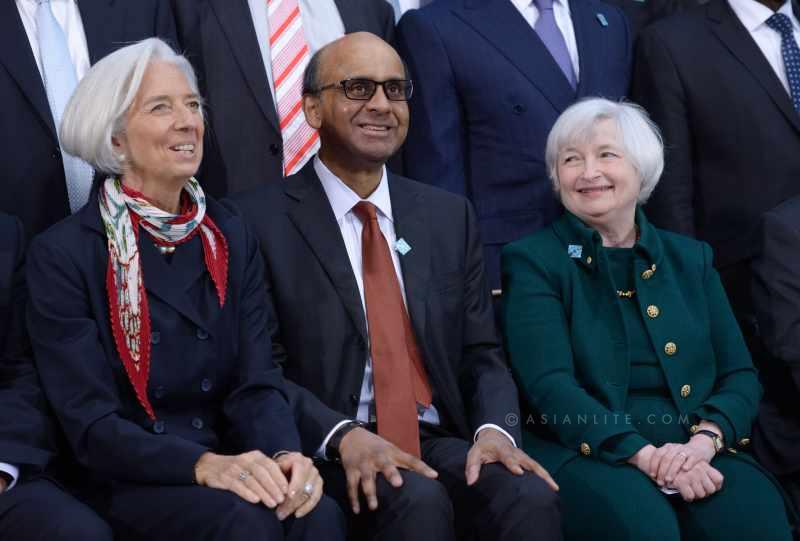Vatsal Srivastava says Bank of Japan’s liquidity splurge will counter US Fed taper

One might think that the Zero Interest Rate Policy (ZIRP) era is coming to an end. The US Federal Reserve will be concluding its Quantitative Easing (QE) program by year-end and we can expect the first interest rate hike in mid-2015. The Bank of England (BoE) is sounding hawkish as is seen by the run-up in the pound over the past few months. The Reserve Bank of New Zealand (RBNZ) has already started hiking interest rates and is widely expected to raise the benchmark rate further by 25 basis points later this week. The European Central Bank (ECB) has said that it would unleash a European version of QE if deflationary threats are not overcome but there remain too many legal and political challenges for Mario Draghi to implement the QE. One has to look far east to the Bank of Japan to answer the following question: Where will the liquidity come from post the ZIRP era?
In April 2013, the Bank of Japan (BoJ) launched an aggressive unconventional monetary easing program with the aim of doubling its monetary base in two years. The BoJ has since been injecting $60-80 billion per month into the financial system via purchases of government bonds and risk assets. Real yields on 10-year Japanese Government Bonds (JGBs) have been in the negative territory since last August. It is worthwhile to remember that with respect to the monetary base of the economy, Japan’s QE has been the largest-scale monetary stimulus in the history of finance (larger than the US Federal Reserve’s).
It is important to understand various capital flows as a result of Japan’s QE which might provide as a buffer as the US Fed unwinds its QE program. This is one of the reasons, along with earnings upgrades, why market participants will remain bullish in the second half of the current financial year. Firstly, let us take a look at bank lending. According to HSBC, this is by far the most important transmission channel for Japanese liquidity spillovers into Asia. The impetus for accelerated lending is clear enough. The BoJ’s aggressive bond purchases have seen Japanese banks’ excess reserves balloon to 12 percent of their assets. HSBC forecasts this to reach 16 percent by the end of 2014 and continue rising as long as the BoJ seeks to expand its monetary base in an effort to achieve its 2 percent Consumer Price Index (CPI) target. Lending by Japanese banks to Asia has risen sharply and now stands at a record $450 billion – up from $364 billion at the end of 2012 and well above the peak recorded in the run-up to the 1997 Asian Financial Crisis, according to HSBC. On the capital flows front, Japan’s outward FDI stock in Asia has soared nearly seven-fold to $310 billion at the end of 2013 since 2000. The region’s share of Japanese direct investment stock is now as high as the US and exceeds that of the EU. ASEAN has once again been a key beneficiary of these flows, according to HSBC. It is also important to note that the demand for foreign assets has sharply increased over the past few years from Japanese households. Assuming total household assets expand at the average pace recorded over this year, FX-denominated household financial assets could rise by roughly $80 billion according to calculations by HSBC.
Currency Corner has been arguing that the market is not pricing in the volatility we are going to witness in the coming months as real US yields push though 3 percent from the current superficially depressed levels of around 2.5 percent. What the bulls would be relying on is that the golden rule of bond trading: “Don’t fight the Fed” is backed up by “Don’t fight the BoJ”.